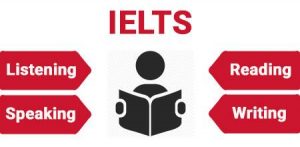Improving Language Score Use and Interpretation in Higher Education
The reporting of scores from large-scale assessments often takes the form of a single aggregate score or at best a series of numerical subscores, which provide little descriptive information about what test-takers within different score ranges can typically do. Test score users need more in-depth information about what test-takers can typically do at different proficiency levels for meaningful score interpretations and use for various purposes including admission and language programming.
The project seeks to facilitate test score users’ meaningful IELTS reading score interpretations and use for making decisions about admission to undergraduate programs at university through an innovative cognitive diagnosis modeling (CDM) approach blended with scale anchoring to generate can-do descriptors for different IELTS reading subscore ranges. This overall purpose will be achieved through the following activities:
- examine academic reading demands across different disciplines through domain analysis;
- determine the extent to which linguistic knowledge and cognitive skills elicited by IELTS reading subtest are comparable with academic language demands resulting from activity 1;
- establish can-do descriptors-based learner profiles that articulate strengths and areas for improvement at different score points;
- evaluate the usefulness of descriptors-based learner profiles on facilitating test score users’ score interpretations and subsequent planning for language support programs.

Final Report
Here is a link to the final report of this research project.
Lab members working on the Higher Education Language Test Score Interpretation project: